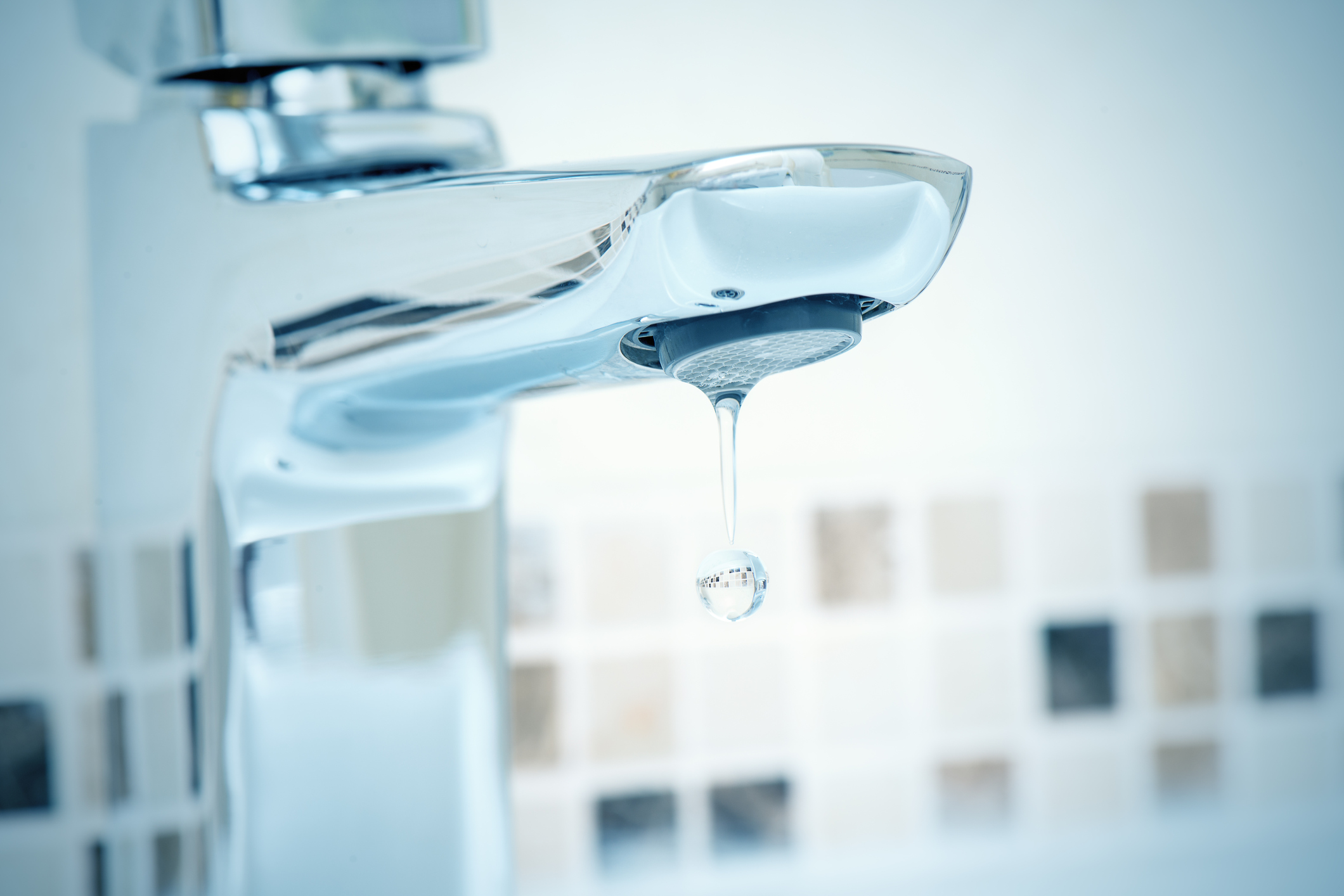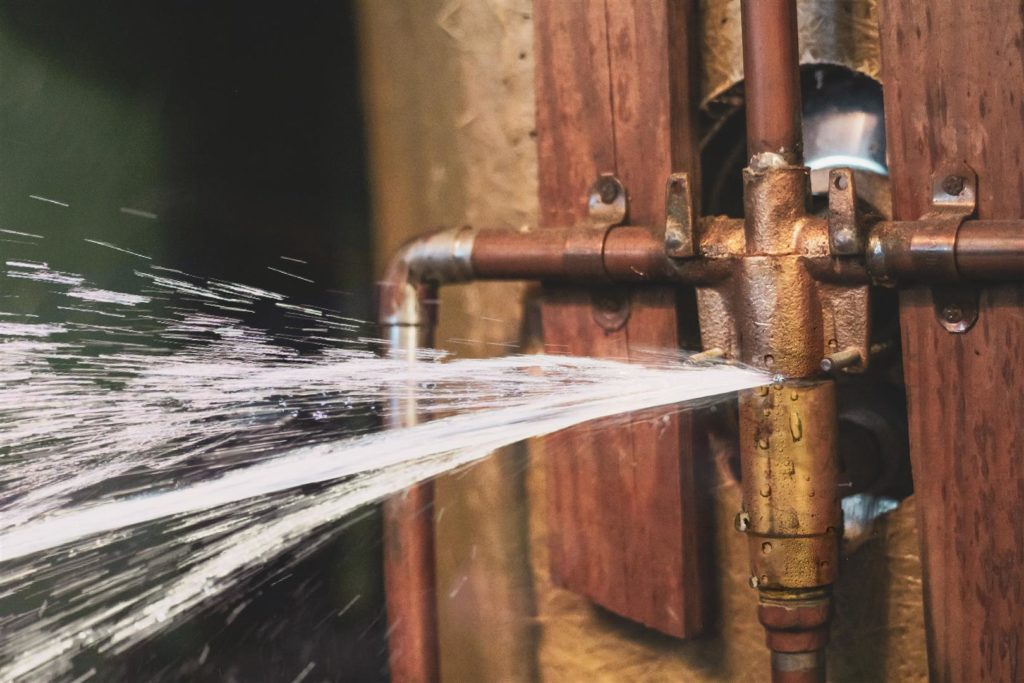Common Sources Of Water Damage in a Bathroom
Common Sources Of Water Damage in a Bathroom
Blog Article
The publisher is making several great points regarding How to Repair and Prevent Bathroom Water Damage? as a whole in this post below.

Water damage usually happens in the restroom as a result of the water made use of daily. In some cases, the damages could be a little mold and mildew from the shower. Various other times, it's massive damage on your floor. Whatever it is, it is constantly great to understand the reason as well as stop it prior to it happens.
This guide will go through a few of the typical sources of water damage in the bathroom. We will likewise analyze what you can do to stop these causes from damaging your restroom. Allow's dive in.
These are the usual factors you would have water damage in your bathrooms as well as exactly how you can detect them:
Excess Dampness
It's cool to have that long shower and splash water while you dance around as well as act like you're carrying out, but in some cases these acts might trigger water damage to your restroom.
Sprinkling water around can trigger water to visit corners as well as form molds. View how you spread excess moisture around, and when you do it, clean it up to prevent damages.
Splits in your wall surface floor tiles
Shower room wall surface ceramic tiles have actually been specially developed for that function. They safeguard the wall from moisture from individuals taking showers. Nonetheless, they are not unbreakable.
In some cases, your restroom wall tiles split and also permit some dampness to permeate right into the wall surface. This might potentially destroy the wall if you don't take any kind of activity. If you observe a fracture on your wall tiles, fix it immediately. Do not wait till it damages your wall.
Overflowing toilets and sinks
As human beings, in some cases we make mistakes that can create some water damage in the restroom. For example, leaving your sink faucet on might cause overruning and also damage to other parts of the washroom with wetness.
Also, a damaged bathroom could create overruning. For example, a busted bathroom handle or various other parts of the cistern. When this takes place, it might damage the flooring.
As soon as you notice an overruning sink or toilet, call a plumber to assist deal with it promptly.
Burst or Dripping Pipes
There are many pipelines carrying water to various parts of your restroom. Some pipelines take water to the commode, the sink, the faucets, the shower, and lots of various other locations. They crisscross the tiny area of the shower room.
Every so often, these pipelines can get rustic and burst. Various other times, human action might create them to leak. When this takes place, you'll find water in the corners of your washroom or on the wall.
To identify this, watch out for gurgling walls, mold and mildews, or mildew. Call an expert emergency situation plumbing to repair this when it happens.
Roofing Leakages
In some cases, the trouble of water damage to the bathroom may not originate from the restroom. As an example, a roof leak can cause damage to the shower room ceiling. You can detect the damage done by taking a look at the water spots on the ceiling.
If you locate water stains on your ceiling, check the roofing to see if it's damaged. After that, call a specialist to help resolve the problem.
Verdict
Water damage to your washroom can be annoying. Nevertheless, you can manage it if you stop several of the reasons mentioned in this guide. Call an expert emergency plumbing technician if you see any kind of extreme damage.
How to Prevent Water Damage in Your Bathroom?
Water damage repair is an expensive, meticulous, and lengthy process. Unfortunately, bathrooms are the most susceptible rooms to water damage due to toilets, showers, and sinks. Pipes and fixtures wear out over time and are not immune to damage. But all is not lost, as there are ways to prevent water damage from occurring in your bathroom.
Check Your Plumbing
Nothing lasts forever, especially pipes, which can rust and begin leaking over time. You should periodically conduct pipe inspections and pay attention for any musty smells or water stains that may indicate you need water damage repair. Here are some things to check:
Frequently test valves for your toilet, shower, and sink to ensure they are properly working. Check faucet supply lines hidden under vanities and replace when needed. Replace cracked or deteriorating caulking along sinks, tubs, and showers. If you notice a clog in your sink, call in a professional. Since you can’t check the pipes in the wall, keep an eye out for stains, drywall bubbling, musty smells, and excess moisture; if the bathroom is on a second level, check the ceiling of the room directly below for these signs. Don’t Overwork Your Toilet
One of the most common reasons bathrooms need water damage repair is due to overflowing toilets. Save yourself the hassle of cleanup by being mindful and not pushing your toilet to extreme limits. If you have young children, it is especially important to keep an eye on them when they are in the bathroom and to teach them how to avoid clogging the toilet. Here are some more tips to help prevent your toilet from overflowing:
If you have a septic tank, only use septic-safe toilet paper Do not flush anything down the toilet besides toilet paper; items like diapers and sanitary napkins will clog the piping Pay attention to your toilet’s water level: If it’s low, it could mean it is partially clogged or that there is a crack in the toilet bowl https://www.alure.com/home-improvements-blog/resources/how-to-prevent-water-damage-in-your-bathroom

As an avid person who reads on How to Repair and Prevent Bathroom Water Damage?, I imagined sharing that piece of writing was essential. Please set aside a second to share this post if you appreciated it. I value reading our article about How to Repair and Prevent Bathroom Water Damage?.
Estimate Free Report this page